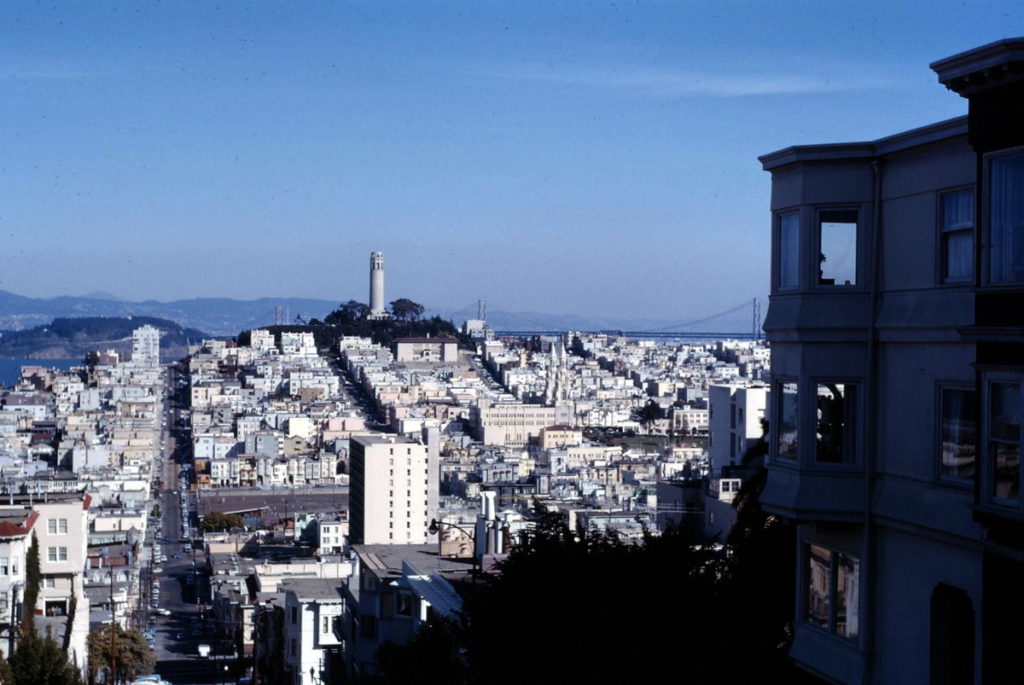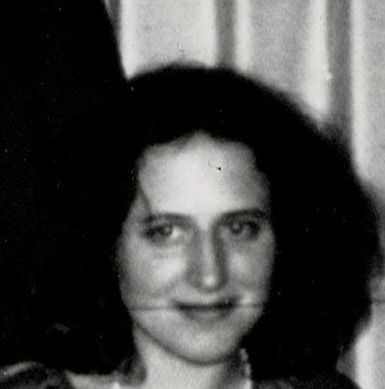
Recently I spent two and a half weeks visiting Antigua, Guatemala, the old capital of the Spanish kingdom of Guatemala. The city of Antigua,Guatemala, is a UNESCO world heritage site because of its history and beautiful architecture. I first visited there in 1963. Subsequent visits to Guatemala took me to the Mayan “capital” of Xela (Quetzaltenango), Chichicastenango, Tikal, and many other towns and sites.
Fears, generated by reports of the civil war that raged for two decades, kept me away until the 1990s, when I returned to spend a few weeks in Antigua, learning Spanish one-on-one at a language school. I returned again a couple of years later. My recent visit was after a 25 year hiatus and I was very surprised by both the changed and the not-changed that I saw. This post will address some of the changes I noticed.
Brilliant Textiles
In 1963, brilliant textiles caught my eyes and I loved them. That hasn’t changed. Guatemalans still produce brilliantly colored hand crafted textiles. Vendors still wear the beautiful traditional Mayan garments. The women, wear long skirts, intricately decorated woven belts, blouses which are called huipiles, fabric headgear, and shawls. They carry baskets, laden with their wares, often on their heads.
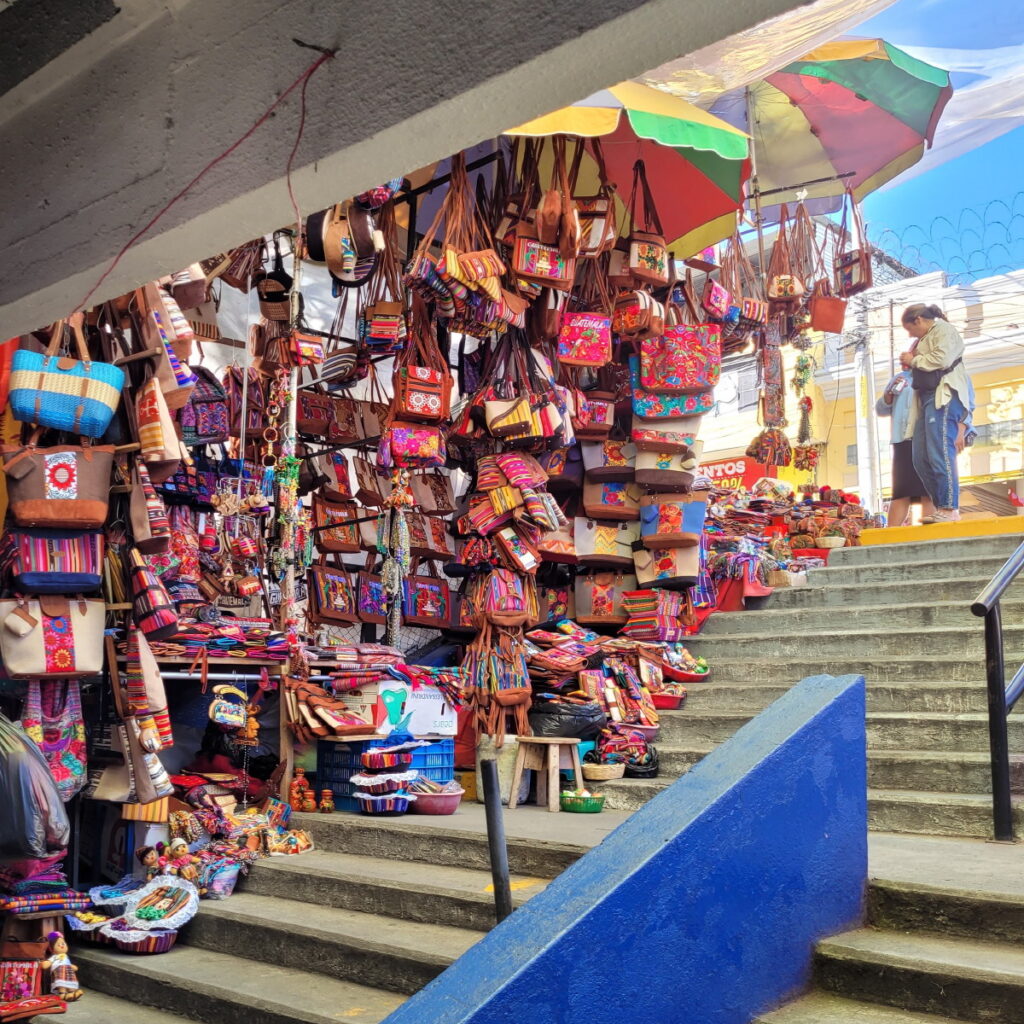
Everyday clothing for most people in the region is now a mix of traditional and manufactured goods. People wear what they want to wear and what is affordable. Traditional Mayan garments are extremely time consuming to weave, therefore expensive, compared to manufactured clothing, so people opt for cheaper manufactured clothing . Take a look at a Maya woman weaving in this video that Robert recorded at the museum of textiles in San Antonio Aguas Calientes. She is using a traditional backstrap loom.
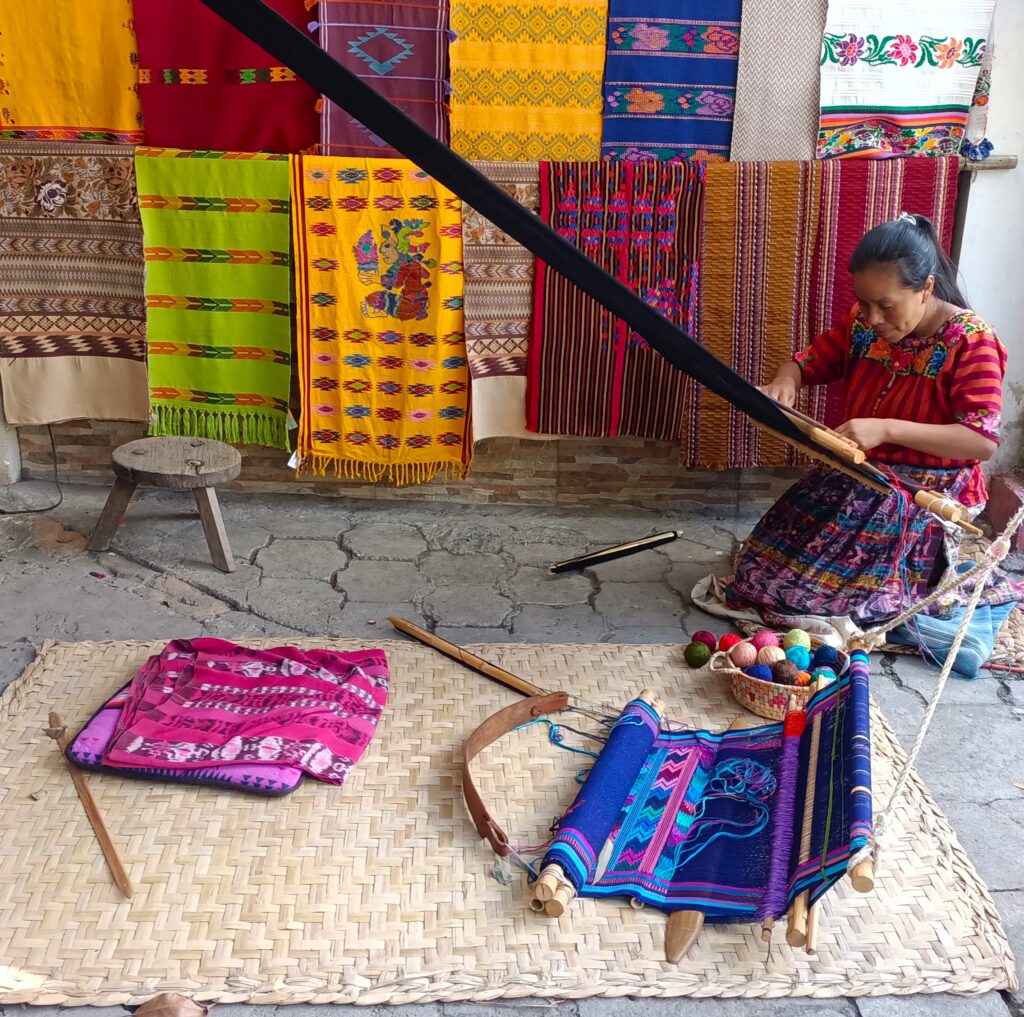
Colonial Ruins
The earthquake of 1976 had a big effect on Antigua. While I visited in the 1990s, I didn’t pay much attention to architecture, as I was in Spanish class all day until nightfall. But on this recent trip, I visited some of the landmarks and old churches. Since returning home, I compared my old photos from 1963 to my new ones. Some of the ruins that were easily accessible are now gated or fenced off. On my next trip, I will chase down some of the ruins and find out more about their stories. On this trip, a two week visit, I developed a fever a few days after arriving, so I lost a few days of sightseeing. Hopefully, I will return soon to catch up with my original plans.

This courtyard photo with Volcan Agua was taken in 1963.
Food
Antigua has many restaurants that feature the cuisine of far off places, German, French, Italian and so forth. Because of its status as a world heritage destination, Antigua has an international flavor. But móy goal was to find a restaurant that featured a breakfast of fried plantains, beans, fruit, eggs, tortillas, and coffee, the traditional breakfast that I remembered from the 1960s. And, yes, I found restaurants that still serve just that type of breakfast.
Prices are a lot higher now than in the 1960s, 1970s, and 1990s. The food is delicious, the fruit and vegetables succulently flavorful.
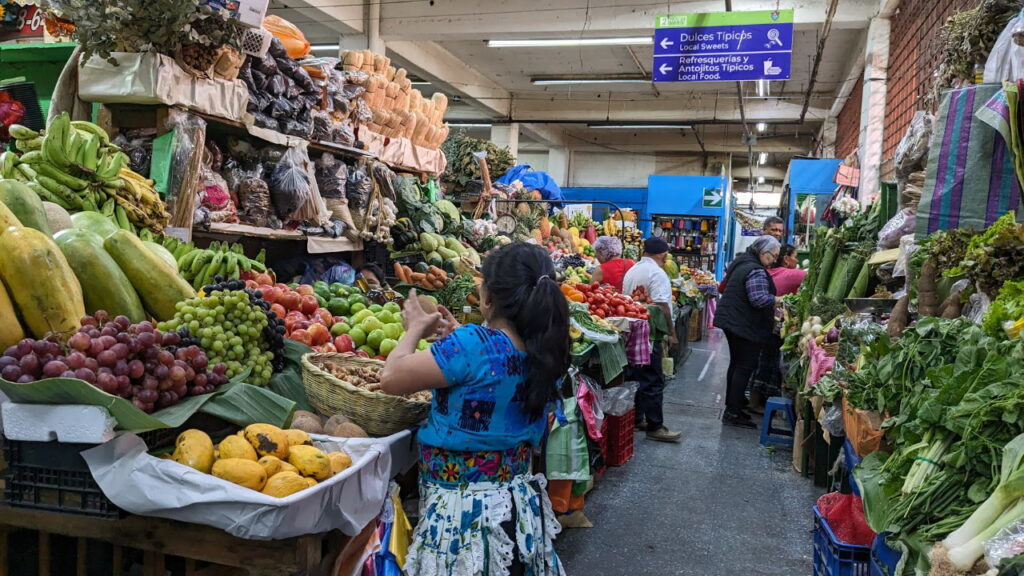
Visiting Antigua, Guatemala, gives many options for dining! I was not disappointed.
Shoes and Water Jugs
In the highland areas outside of Antigua, in 1963, none of the Maya women I saw had shoes. The women carried water in a round jug made of clay on their heads. By 1964, many of the women were still carrying water, but in plastic jugs, the same color and shape as the clay jugs. Too, shoes had been introduced. They were a type of plastic in bright colors. I think they were imported from China. Now, 60 years later, almost every person I saw wore some type of shoe. However, I didn’t stray very far from Antigua, so I can’t write about the highland villages.
In Antigua, where water comes to a public central location, water now is piped to residences. You can see the women washing in the photos at a 2012 article on Antigua here.
Cooking Fires
Women I saw in 1963 made meals over charcoal or wood fires and inhaled a lot of smoke. I didn’t really pay attention to that in 1963, but during my visit in 1970, I realized that it would be a very difficult life if I had to cook over such a smoky hearth. But many women still cook over smoky fires in Guatemala. Though other forms of stoves are available, for reasons of tradition or cost, many women have not given up their centuries old cooking techniques and tools.
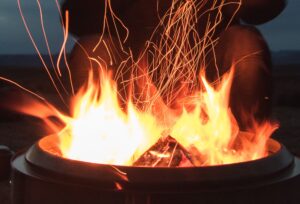
Cell Phones
Cell phones are common in and around Antigua. This could have surprised me, but it didn’t. I wasn’t surprised, because of the conversation I had with a fellow American during lunch while in Antigua in 1997.
The lady I met over lunch worked for AT&T. She was in Guatemala, working on a project to bring cell phones to Guatemala. I expressed surprise. After all, many people in the USA did not have cell phones at that time. She told me that mobile or cell phone technology was a no-brainer for developing countries, as the in-ground phone infrastructure was dilapidated and inefficient. It would be costly and almost impossible to bring it into the 21st Century. So, her company planned for cell phone technology to bypass all the old infrastructure. The new towers would bring Guatemala and other third world countries into the modern era of communications. And so it is! Cell phones are everywhere. Sim cards are available at the airport and at little shops all around Antigua. I bought one immediately and put it in my dual SIM phone and had cell service, data and phone calls.
